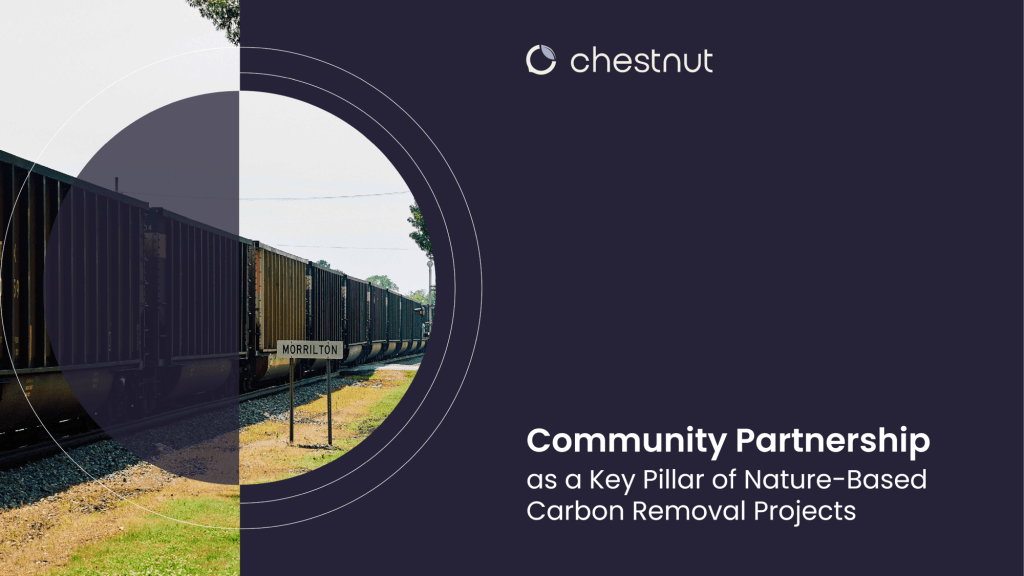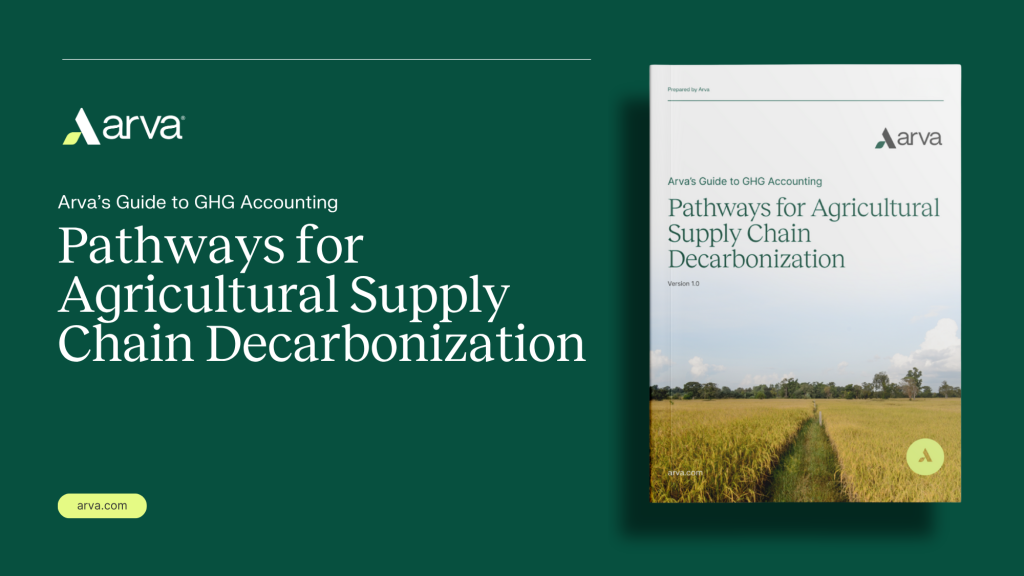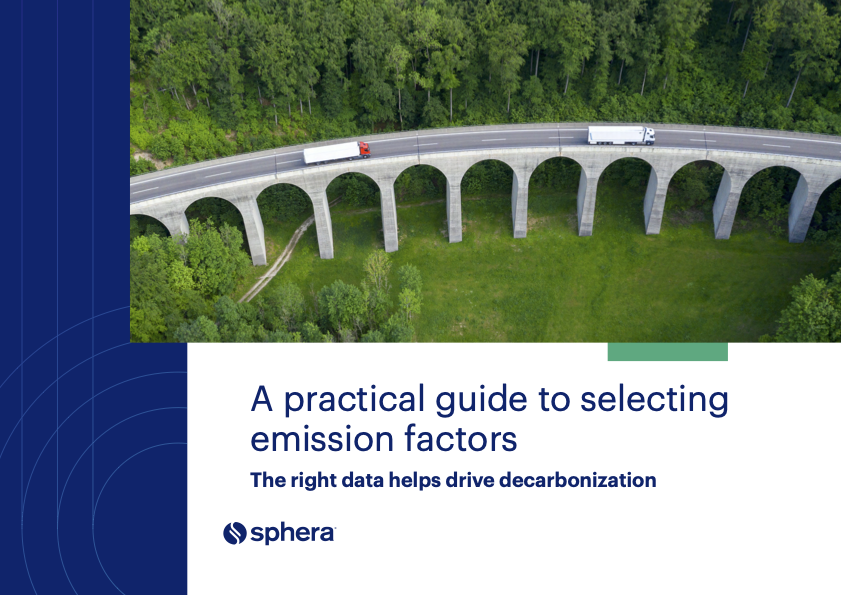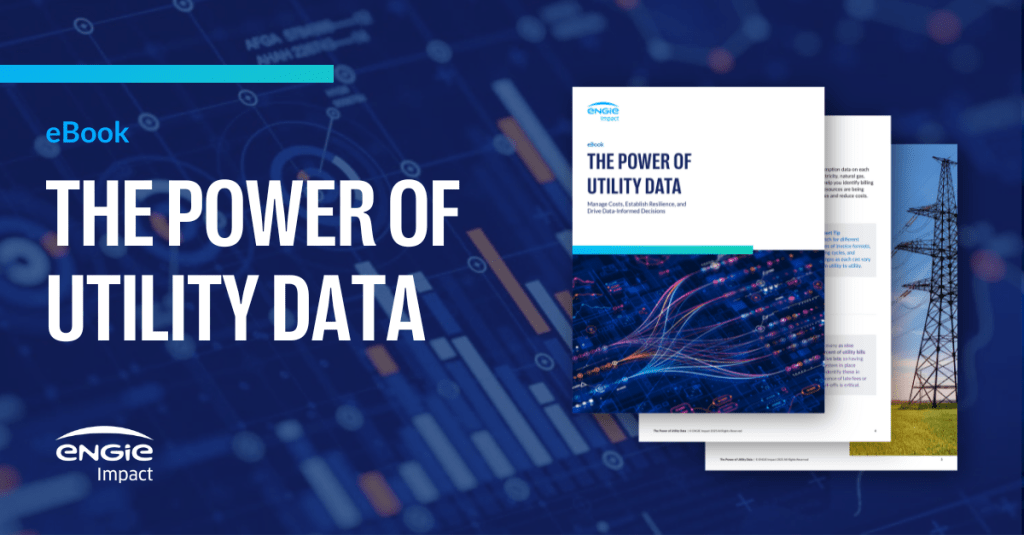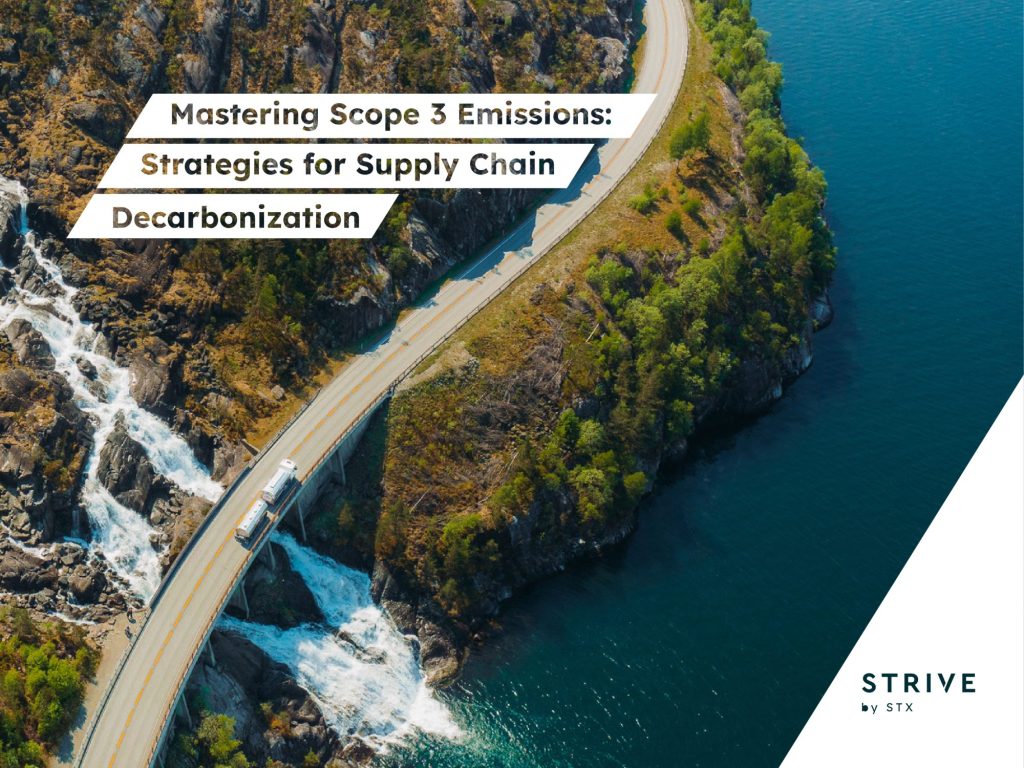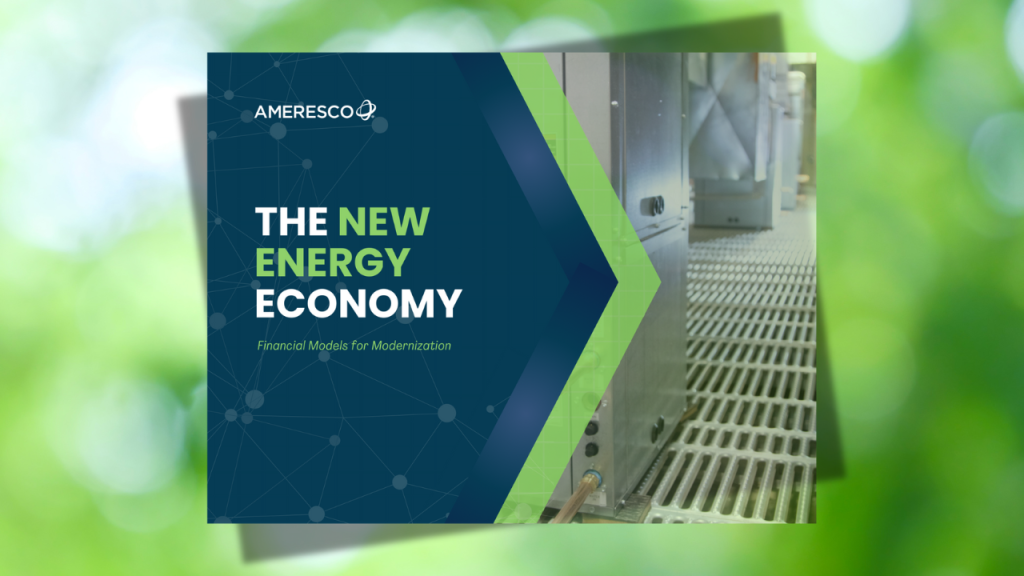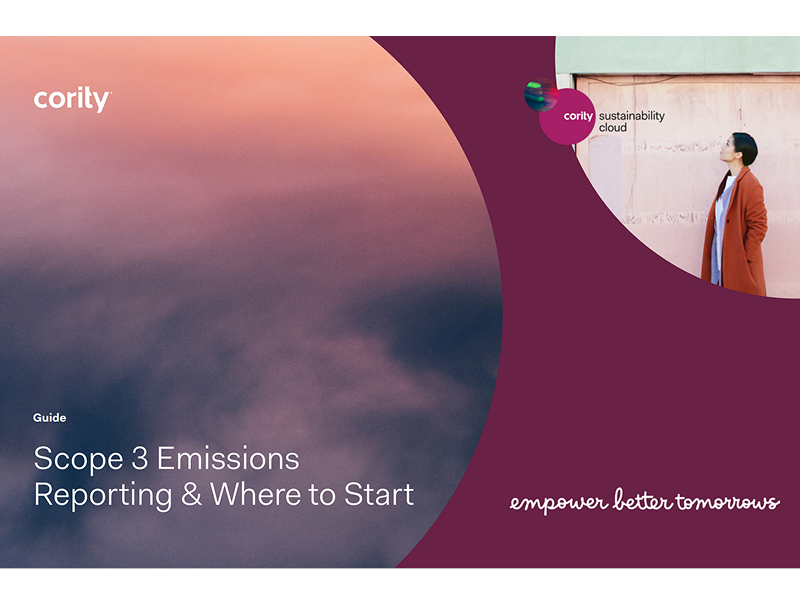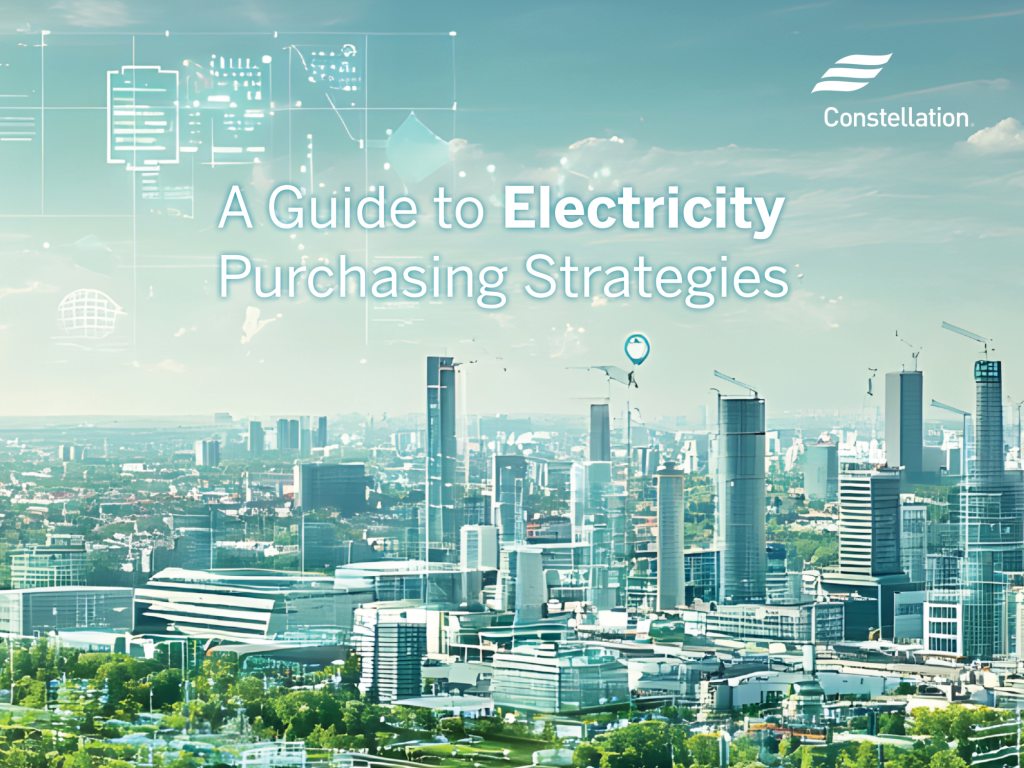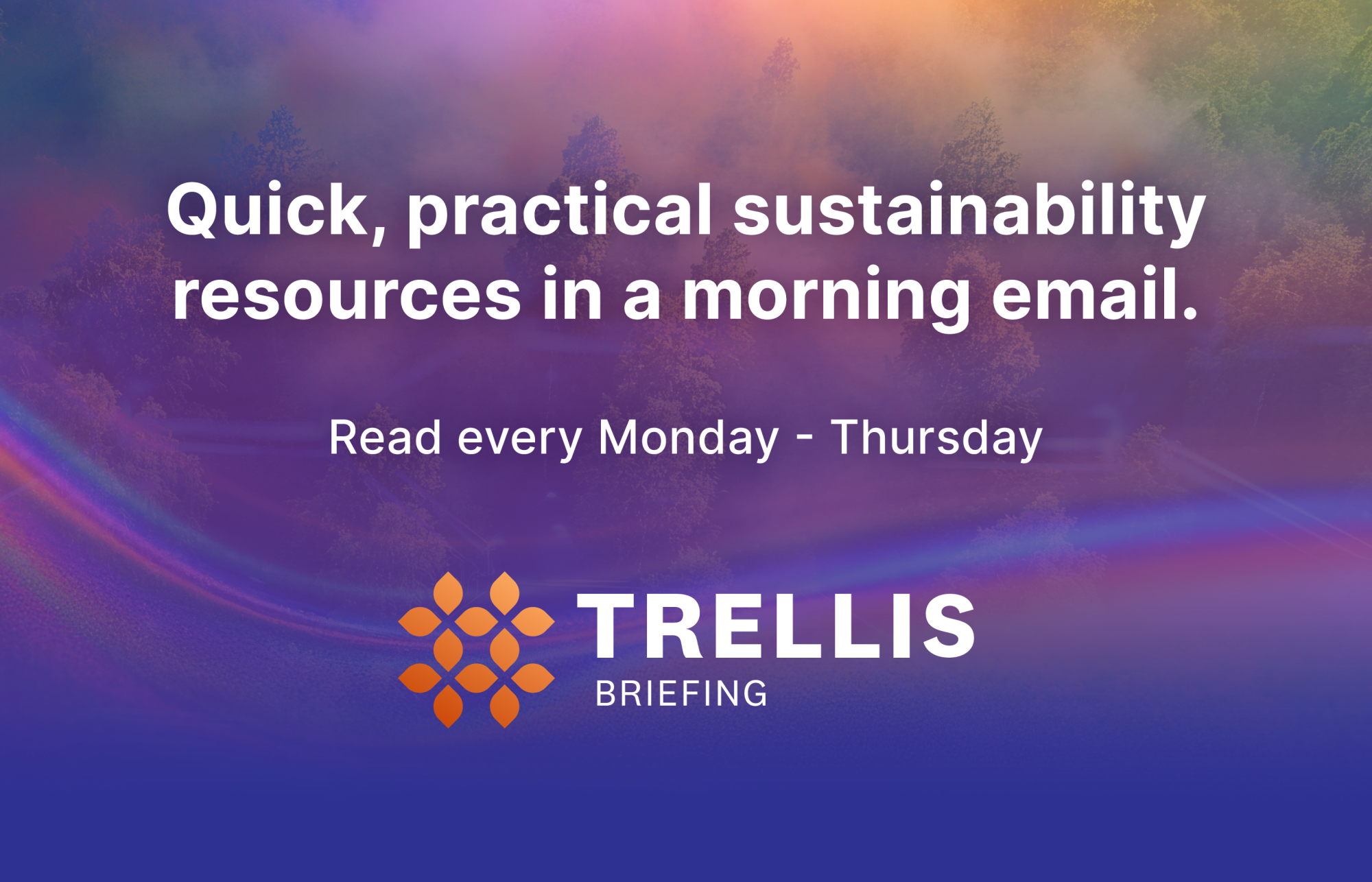Real AI prompts for sustainability pros — recommended by sustainability pros
An evolving resource to help you make the most of generative artificial intelligence on the job. Read More

-
- Surveys show that many employees struggle to get started with AI.
-
- Sustainability professionals report using AI to prepare for tough interviews and edit annual reports.
-
- Other uses include media training and supplier engagement.
The power of generative artificial intelligence is abundantly clear, yet surveys show only a minority of workers use ChatGPT or rival services on a regular basis. That’s partly because it can be challenging to figure out where to apply AI, and how to ask it to do what you want.
If you’re among those who are yet to see proven value from AI in your work, here are some useful prompts to get you started. Each is recommended by a sustainability professional who vouches for its usefulness.
For editing text
This prompt tackles what Luke Elder, a senior lead for sustainability reporting at Google, calls a common challenge in corporate reporting: synthesizing contributions from hundreds of authors into a cohesive voice.
“Our annual Environmental Report is drafted by many teams across the company,” said Elder. “While each provides critical data and insights, the final document must read as if it were written by one person. It also needs to align with our specific tone, follow our best practices for disclosure, and reinforce our core messages.”
To quickly refine draft text, ensure clarity and alignment with established style, Elder uses this prompt:
“You are an editor for our annual Environmental Report. Your goal is to review the provided draft text for clarity, conciseness, and alignment with our reporting tone. Refine the text to eliminate jargon, improve flow, and ensure it reinforces our key sustainability messages.”
To help the AI edit with the right tone in mind, Elder recommends either adding a few words to define that tone — “frank,” “plainspoken” or “ambitious,” for example — or pointing the AI toward a report that uses the tone you’re looking for.
For checking on supplier progress
Your suppliers are your partners on the journey to net zero, but how are they faring in their emissions reduction efforts? Renu Yadav, a senior program manager for global sustainability at LinkedIn, likes to evaluate her company’s suppliers using this prompt:
“Review [company name]’s latest sustainability report, highlight how their emissions are trending, and list their Scope 3 reduction strategies.”
Explained Yadav: “To drive our Scope 3 emissions reductions, it’s crucial to track the progress our suppliers are making toward their own sustainability commitments. This prompt helps me understand how our key suppliers are advancing on their commitments, which in turn informs our supplier engagement and risk management efforts.”
For anticipating media scrutiny
To prepare for the media questions that follow the launch of his company’s annual environmental report, Google Director of Sustainability Reporting Alex Hausman asks Gemini — Google’s AI assistant — to role-play a reporter and generate critical questions.
“This helps us build a robust internal Q&A document, ensuring our communications, marketing and other teams are prepared with clear, consistent and data-driven responses,” said Hausman. “It allows us to be transparent and responsive while freeing up our team to focus on other high-impact work.”
Here’s his prompt:
“Imagine you are a reporter for a major news outlet covering corporate sustainability. Based on the provided Environmental Report, what are the most challenging and insightful questions you would ask? Then, draft clear and concise answers to those questions using only information found within the report itself.”
For making sense of frameworks
Hands up if you know the key differences between sustainability reporting frameworks from the Global Reporting Initiative, the Sustainability Accounting Standards Board and the Task Force of Climate-related Financial Disclosures. For extra credit, lay out how new disclosure rules from the state of California and the European Union’s Corporate Sustainability Reporting Directive change matters.
If this kind of thing is not your idea of a good time, Yadav has a prompt for you:
“Compare common sustainability frameworks (GRI, SASB, TCFD) and highlight their similarities, differences, and relevance for corporate reporting.”
“I use this to stay up to date with evolving ESG reporting standards, understand which frameworks are most relevant to my company and identify overlaps to minimize reporting efforts,” she explains. “This not only helps me understand the basics of each standard but helps me understand which framework investors or regulators are prioritizing.”
Got a favorite prompt?
We’re sure many sustainability professionals out there have equally useful prompts. If you’re one of them, add your suggestion below and we’ll share the best as updates to this post.
Create your own user feedback surveyFor a deeper dive, attend the AI in sustainability session at Trellis Impact 25, where Yadav and Elder will be joined by Google’s Anna Escuer and entrepreneur Olya Irzak to discuss how AI could transform how teams collect, analyze and act on emissions data.

Subscribe to Trellis Briefing
Featured Reports

The Premier Event for Sustainable Business Leaders


